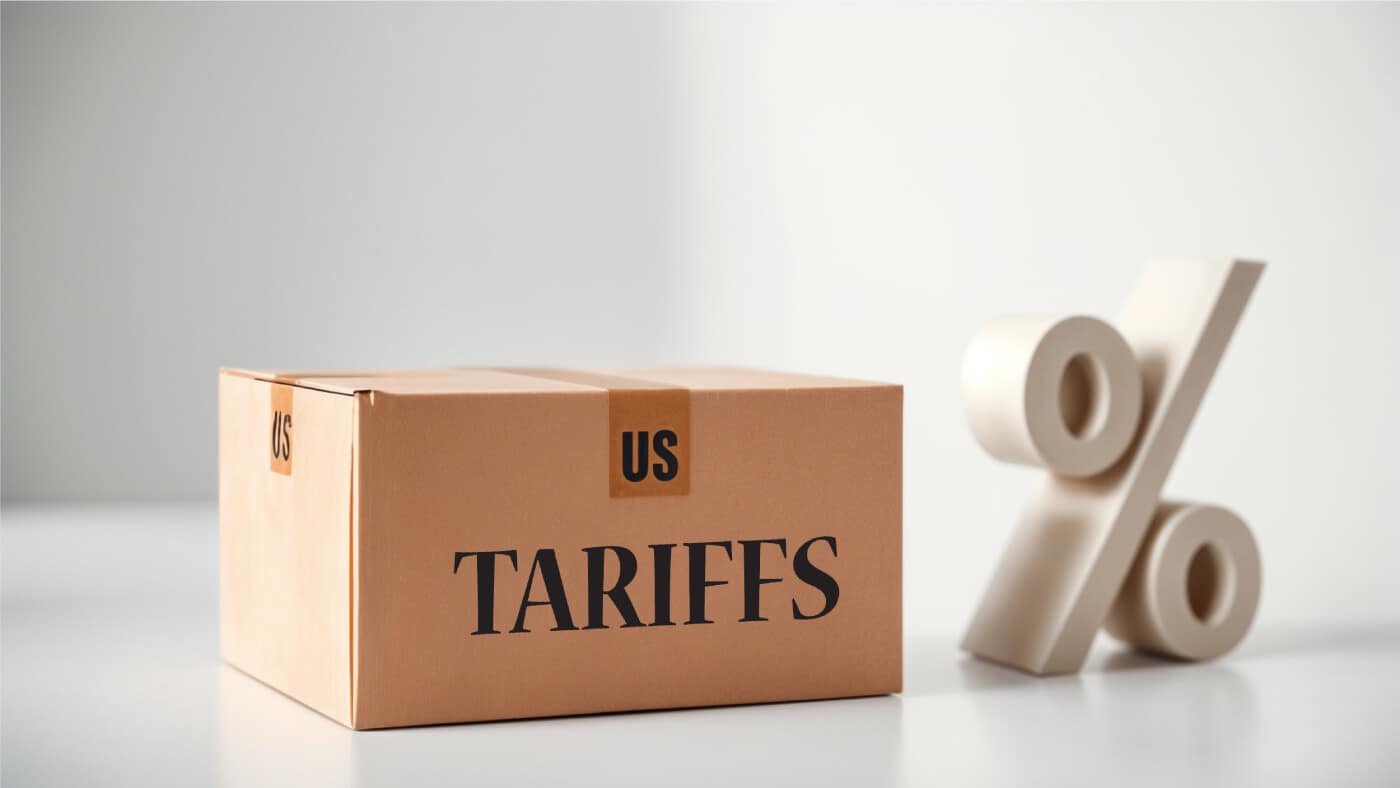In the first part of the blog series, Shekhar Khanduja and Christy George explained how important it is to identify new prior art documents to successfully oppose a patent. In this blog, Shekhar Khanduja will outline a few best practices of identifying prior art documents that can help an attorney make strong arguments while opposing a patent at a patent office.
What does a customer want when it commissions a validity search to an expert search firm? The answer is simple – the best prior art documents! Such documents are usually one of two types:
- Prior art documents that prove the patent lacks “novelty” (X) in case of an EP patent or is “anticipated” (USC 102) in the case of a US patent. These references are usually the strongest and the most preferred prior art documents while opposing a patent.
- In addition to the above, the customer also wants to “attack” the patent by proving that the invention lacks an inventive step (Y) in case of an EP patent or is obvious (USC 103) in case of a US patent. To assist the customer in building such an argument, Y or USC 103 type of prior art documents are useful, which prove that the patented invention would have been obvious to a person who was ordinarily skilled in the art at the time of the invention.
What is the best way to identify such prior art documents?
Identifying good prior art documents in a validity search usually depends on three main factors:
- Correct understanding of the invention
- Correct scoping of the search
- Use of exhaustive data collections
While the first point is paramount and essential for all searches, in this blog, we will focus on the second and the third point.

Get tightly scoped search proposals with Searchstream
Searchstream provides highly transparent, tightly scoped, legally compliant and timely search proposals.
Correct scoping of the search
Let us take an example here to understand what scoping of the search means. Assume that there is a patent claim to be opposed, and the claim includes four main features or elements – A, B, C and D.
Now, when the search is scoped, the searcher first needs to be clear on what he/she is searching – USC 102 / X or USC 103 / Y prior art.
- X, USC 102: to find such a document, all the elements of the claim should be present in the document. Hence, the search scope becomes:
- Y, USC 103 – two or more documents can be combined to make USC 103 or Y argument, provided the documents belong to the same or analogous technical field or solve the same problem as the patent to be invalidated.
Step 1: To prepare a search scope for identifying Y or USC 103 documents, the first point to remember is that the examiner has already done a search and we should use cited results to our advantage!
As an example, assume that in our target claim, the element ‘C’ is novel, and for the remaining elements, there are cited prior art documents already. Therefore, our first approach should be to identify those new prior art documents which talk about C and solve the same problem or* belong to the same (or analogous) technical field as our target patent. Something like this:
*Note that for making obviousness or inventive step arguments (specifically in EP oppositions), preferred reference is a document which belongs to the same (or analogous) technical filed and solves the same problem. If a searcher can find such a document, it makes the argument relatively easier for the attorney who is opposing the patent. If such a document is not available, then finding a document which solves the same problem or belongs to the same technical field might work, however it will always be a weak prior art reference.
From the above-mentioned search strategy, we should identify those new prior art documents which can be ‘combined’ with the cited documents (citations), to make a Y or USC 103 argument.
This should give us our first set of Y or USC 103 documents – if we are successful in identifying such combinations with the cited prior art documents!
Step 2: Then, once the above approach is completed, the second approach should be to find completely new Y or USC 103 combinations; i.e. not using any of the cited documents. The search strategies here could be multiple, based on what has been identified in Step 1.
An example could be that if by using Step 1, a document is found which mentioned element ‘C’ as well as ‘A’ (although in Step 1, A was not specifically searched), then in Step 2, you should try to find a document which talks about ‘B’ and ‘D’, and try to combine it with the document identified in Step 1 to make Y or* USC 103 argument:

In summary, following a tiered approach in an opposition or validity search helps to find good prior art documents:
Along with scoping the search in the correct manner and ‘knowing what you are searching for’, we should be clear on where we are searching, and what we might miss. There could be many data collections that one can use to perform an exhaustive search with high recall:
Exhaustive data collections
- Free patent sources, like Google Patents
- Paid and subscription-based patent sources, like Questel Orbit, Derwent Innovation, etc.
- Free technical literature sources, like Google Scholar
- Paid and subscription-based technical literature sources and publishers, like IEEE, ACM, Elsevier, etc.
- Paid and subscription-based aggregators, like STN, EBSCOhost, etc.
- Different native language searches like English, Chinese, Japanese, Korean, German, French, Russian, etc.
- Accessing University libraries for thesis or technical papers
- Industry expert consultation
Usually, the recall of a search increases as the number of data collections is increased.
Just like the scoping of the search, it is best to follow a tiered approach for searching on data collections as well, as usually the cost of the search increases as more data collections are searched. However, more the data collections searched, less is the risk of losing out on any potential prior art document.
Have you ever struggled with the correct scoping of a search and the need for an exhaustive data collection? We’d love to hear your experiences. Contact us with any questions or comments.
In the third and the final part of the validity search blog series, we will discuss what a corporate should ideally do when it wants to get an opposition search done.





